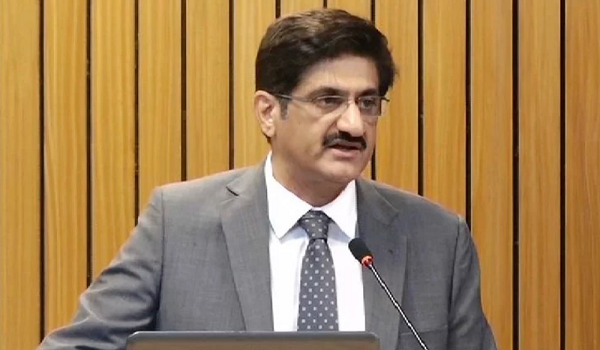The government’s flagship program to give struggling homeowners relief from overwhelming mortgage payments has left hundreds if not thousands of callers frustrated by long wait times, lack of follow-up and relatively minor loan modifications that have failed to help.
A story last week on msnbc.com generated hundreds of e-mail responses from readers who have called the heavily promoted hotline. Almost all the callers said they encountered a variety of roadblocks in their efforts to save their homes.
Officials affiliated with the effort said in interviews that they have helped many borrowers but say there are misunderstandings about the limited scope of the program.
The Hope Now Alliance, a private partnership organized by the federal government, launched in October and trumpeted repeatedly by President Bush and other top administration officials, has been criticized by members of Congress, state officials, and private credit counselors.
To date, the federal government\’s efforts to help the growing number of homeowners facing foreclosure have focused largely on prodding lenders to modify existing loans to more affordable levels. More than a million of these loans, written during the height of the lending boom, are scheduled to reset to interest rates that many homeowners will no longer be able to afford.
But the Hope Now hotline has left many callers frustrated and without hope, judging from e-mail correspondence. Readers report difficulty getting through to hotline counselors, cursory reviews of their cases, lack of follow-up, confusion over who is eligible for help, and, for those who did reach lenders, relatively minor loan modifications that weren’t sustainable over the long term.
“I was fortunate to find a helpline like HOPE, which helped with the depression I was going through of losing my home,” said a reader named Yenny from Roselle, N.J. “The problem is the loan modification that I just got from my lender is higher, and I cannot afford it. What do I do now?”
Hope Now officials say they have fielded hundreds of thousands of calls and are providing a critical bridge between homeowners at risk and their lenders. Some 141,000 loans were modified in the fourth quarter of last year, up from 76,000 in the third quarter, according to the alliance.
“(Loan) modifications have gone up significantly,” said Hope Now Alliance executive director Faith Schwartz in an interview. “But I think there\’s more work to be done.”
Part of the challenge stems from the enormous complexity of the securitized loan pools that funded the lending boom earlier in the decade. Because these pools were sold off to thousands of investors, modifying any given mortgage involves agreements involving hundreds of investors whose securities are backed by that loan. That has forced loan servicers — who were originally set up to manage payments — to enter the fray of restructuring hundreds of thousands of loans.
“We are doing everything we can to avoid foreclosure and work through the structures of these loans with the borrower and with the servicer,” said Schwartz. “This is a loan-by-loan solution, and everyone is working very hard to make that a success.”
The Hope Now Alliance also faces the challenge of coordinating the efforts of dozens of independent entities. Prodded by the Bush administration, the alliance signed up 11 large lenders representing some 60 percent of the U.S. mortgage market, along with industry trade groups like the Mortgage Bankers Association. A handful of housing advocacy and community groups also signed on, including the Homeownership Preservation Foundation, which operated a counseling hotline.
“We’re working with third-party housing counselors, we’re working on improving communication and access to services,” said Schwartz. “And it’s not easy.”







